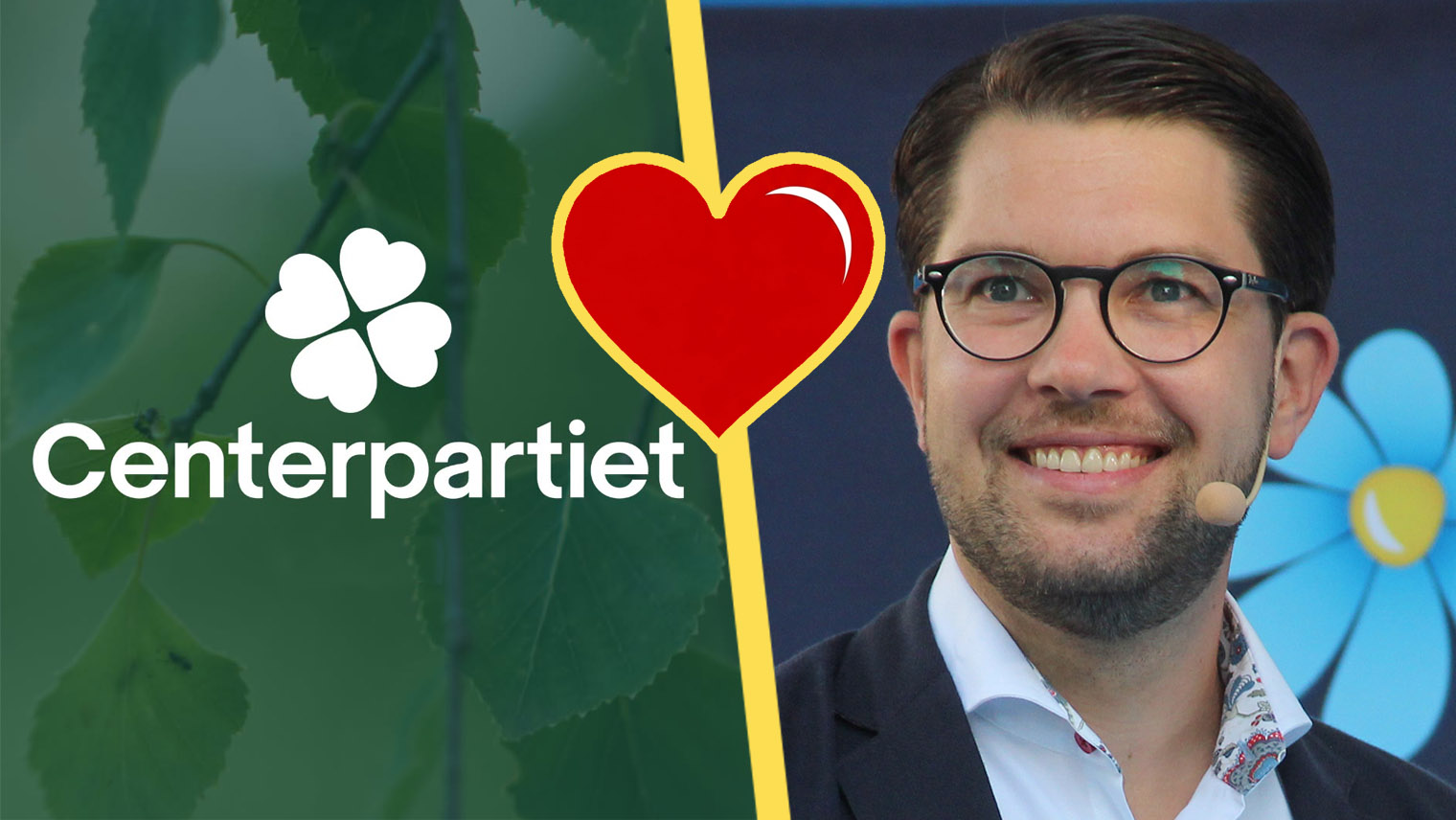The Center Party has for several years positioned itself as the most staunch opponent of the Sweden Democrats in Swedish politics. However, a new survey from SVT shows that the party in practice votes much more often together with the Sweden Democrats than with the Social Democrats – raising questions about the credibility of the Center’s SD stance and which side the party will align with after next year’s parliamentary elections.
The Center Party’s tough stance against the Sweden Democrats has become a central part of the party’s identity since the Alliance broke apart. Annie Lööf made the red line against the SD a hallmark, and under Muharrem Demirok’s leadership, the position was more formally established. In contrast, SVT’s survey shows that the Center Party has voted the same as the government parties Moderates, Christian Democrats, and Liberals in half of the parliamentary votes – and more often with the SD than with the S.
According to the survey, the Center’s votes coincide with the Sweden Democrats’ in 40 percent of cases, while the corresponding figure for the Social Democrats is only 37 percent. In the influential Finance Committee, the difference is even clearer: there, C votes with SD in nearly half (47 percent) of the votes, but only 27 percent of the time with S.
– It should be understood that politics is complex, says Member of Parliament Alireza Akhondi (C) cryptically when confronted by SVT with the numbers.
“We are far from SD”
Despite the figures, the party leadership rhetorically insists that the party has nothing in common with the Sweden Democrats. When Elisabeth Thand Ringqvist was recently presented as the nomination committee’s proposal for a new party leader, she emphasized that the line remains firm:
– A vote for the Center Party is a vote to say no to the Sweden Democrats’ influence in Swedish politics, she said at the time.
When SVT presented the statistics to her, she commented on it humorously:
– It’s a bit funny, she said, but added that we are very far from the Sweden Democrats both in terms of values and in important policy issues, she asserted.
From a bourgeois force to a red-green partner
Many voters today perceive the Center Party as part of the red-green bloc – a development that gained momentum when the Alliance collapsed and was cemented during Annie Lööf’s time as party leader.
The former bourgeois cooperation party has since approached the Social Democrats and the Green Party on several issues, while sharply distancing itself from the right-wing bloc due to the Sweden Democrats’ influence.
Ironically, according to the voting statistics, C is furthest from the Left Party, which in turn has demanded ministerial positions in a future S-led government.
A wild card after the election
The survey provides a more nuanced picture of the Center Party’s role in Swedish politics. Rhetorically, the party sticks to its SD-hostile line – but in practice, it is closer to the bourgeois parties, including the Sweden Democrats, than many voters have been led to believe.
If public opinion continues to be divided before the next election, the Center Party, with its difficult position between the blocs, could be a wild card that determines the makeup of the next government.
